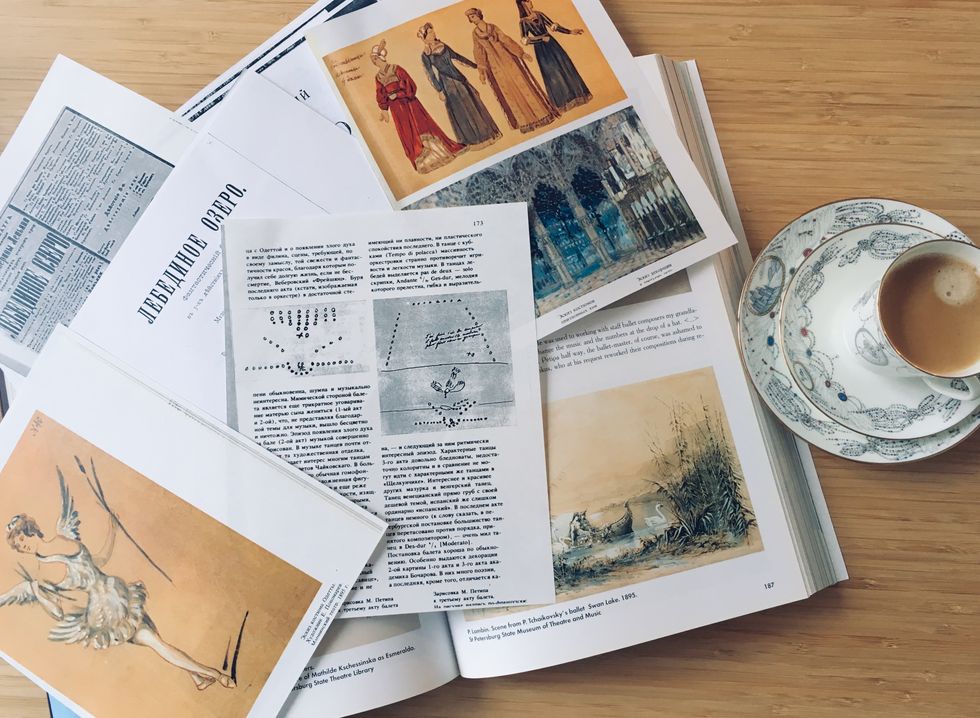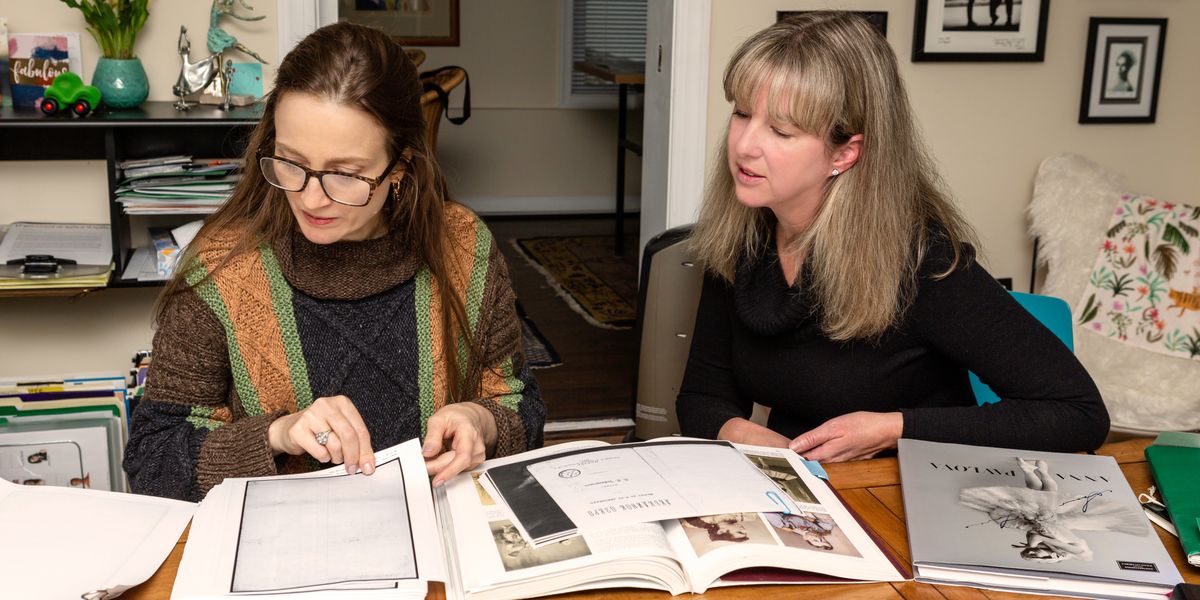What Does It Mean to Be a Ballet Company's "Scholar in Residence"?
A scholar of Russian literature and culture, Dr. Natalie Rouland works for the Kennan Institute, a DC think tank invested in building bridges between the United States and Russia. She also advises The Washington Ballet’s artistic director Julie Kent on staging classical ballets, serving as the company’s first scholar in residence.
A native of Lexington, Virginia, Rouland spent more than three years in Moscow and St. Petersburg researching Russian ballet, cultural history and literature. These days Rouland and Kent work closely on authentically staging classics like Swan Lake and Coppélia.
How she got the job:
“I met Julie Kent in 2017 at a concert in Washington featuring the Mariinsky Orchestra. I talked to her about my experience with Russian ballet and we hit it off. When she decided to stage The Sleeping Beauty the following year, she consulted with me.”
What staging Sleeping Beauty entailed:
“Working with Julie, we studied the detailed history of the production—who made what choices—set design, decor, costuming. We looked at which endings or versions were successful and which weren’t and why. We also looked at contemporary stagings, like Alexei Ratmansky’s, to find something that could fit a smaller company like The Washington Ballet.
“I got the original Stepanov notation from the Harvard Theatre Collection. The notation is basically a set of symbols you decipher. There still is a moment of interpretation; how do you put that movement together and create an actual dance?
“I also translated the pantomime sequences, which were written in Russian.
“Then Julie took all of that historical knowledge and the original choreographic notes and fit it into her larger experience from performing this piece.”
How she views her work:
“What I’ve been doing with Julie is a little bit in the mold of Kirstein/Balanchine, where you have someone who has knowledge and love of the art and someone who has the vast experience. That combination has the potential to create interesting art.
“Why do these ballets matter today? The backbone of ballet is the 19th-century ballets. To see them reconstructed onstage at the spectacular level of those original productions demonstrates that society really saw them as central events. Sitting together as a community and watching the same performance is distinct from having a virtual experience.”

Swan Lake research
Mena Brunette xmb photography, Courtesy The Washington Ballet
What’s up next:
“Now we’re working on Swan Lake and Coppélia. A timeless ballet like Swan Lake can show us something unique about our culture now. I talked to Julie about how the historical dancers of the Imperial Ballet who danced in Swan Lake were seen as this imperial harem; dancers were mistresses to members of the Royal family.
“We also looked at Siegfried’s betrayal and how to resolve it with the ending. There are many timely elements that make it relevant to our current #MeToo generation.”




